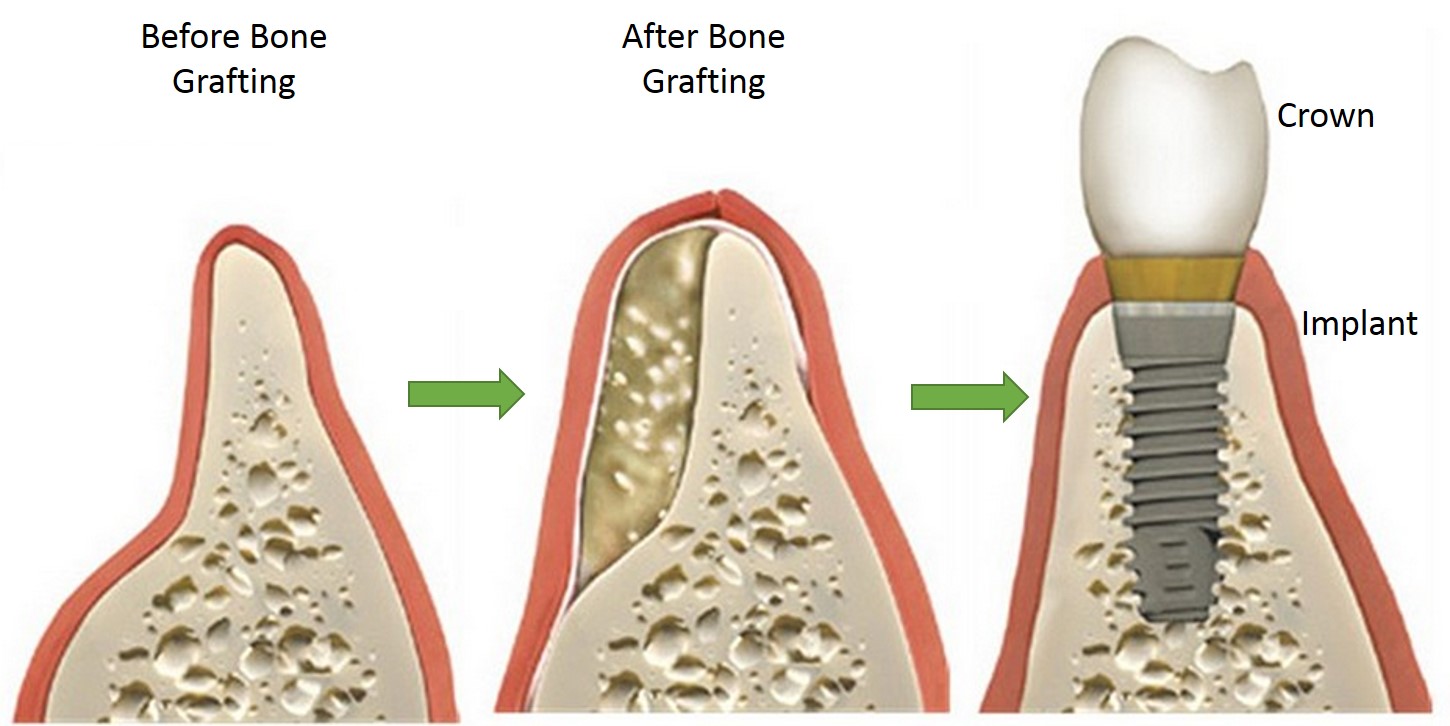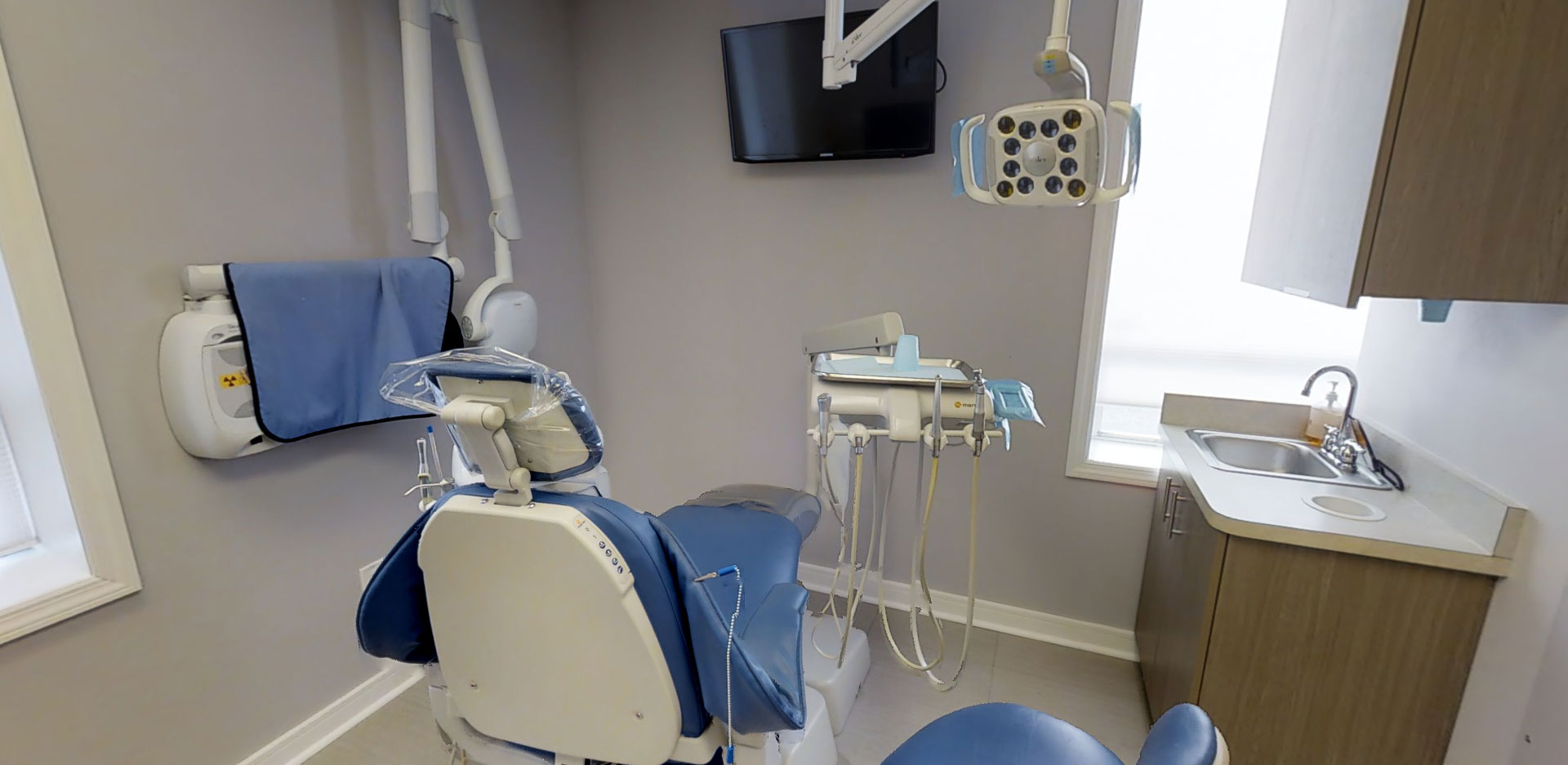
Bone Grafting at Hawthorne Dental Associates
Your dental implant is composed of two separate pieces. In the first part of the procedure, Dr. Csillag will place a metal cylinder into the jawbone. An abutment screws into the cylinder, which acts like the root of a tooth. In the second part of the procedure, a crown that looks like a tooth is attached to the abutment.
In some cases, you may require a bone graft as part of your dental implant procedure. If your jawbone is too thin or soft to support the implant or hold it in place, the implant surgery might not be successful. In such a situation, the American Academy of Implant Dentistry recommends having a specialist like Dr. Csillag perform a bone graft.
Here's how a bone graft procedure works as part of your dental implant. The surgeon usually uses a special bone-grafting material or sometimes takes a piece of bone from another part of your body. The graft then starts to create new bone. It takes several months for the graft to produce enough strong bone to keep your dental implant stable and secure. In a few cases, a minor graft can be done on the same date as the implant; your dental surgeon will make the decision and be able to give you the details.
Once your successful bone graft is finished, you can return to complete the implant surgery. Your dental specialist will want to discuss your personal medical history and explain the surgery's benefits and risks as part of determining whether an implant is right for you.
Call us today for a free consultation with Dr. Csillag to learn if a dental implant is the right way to give you a brand new smile.



 (973) 567-7773
(973) 567-7773
